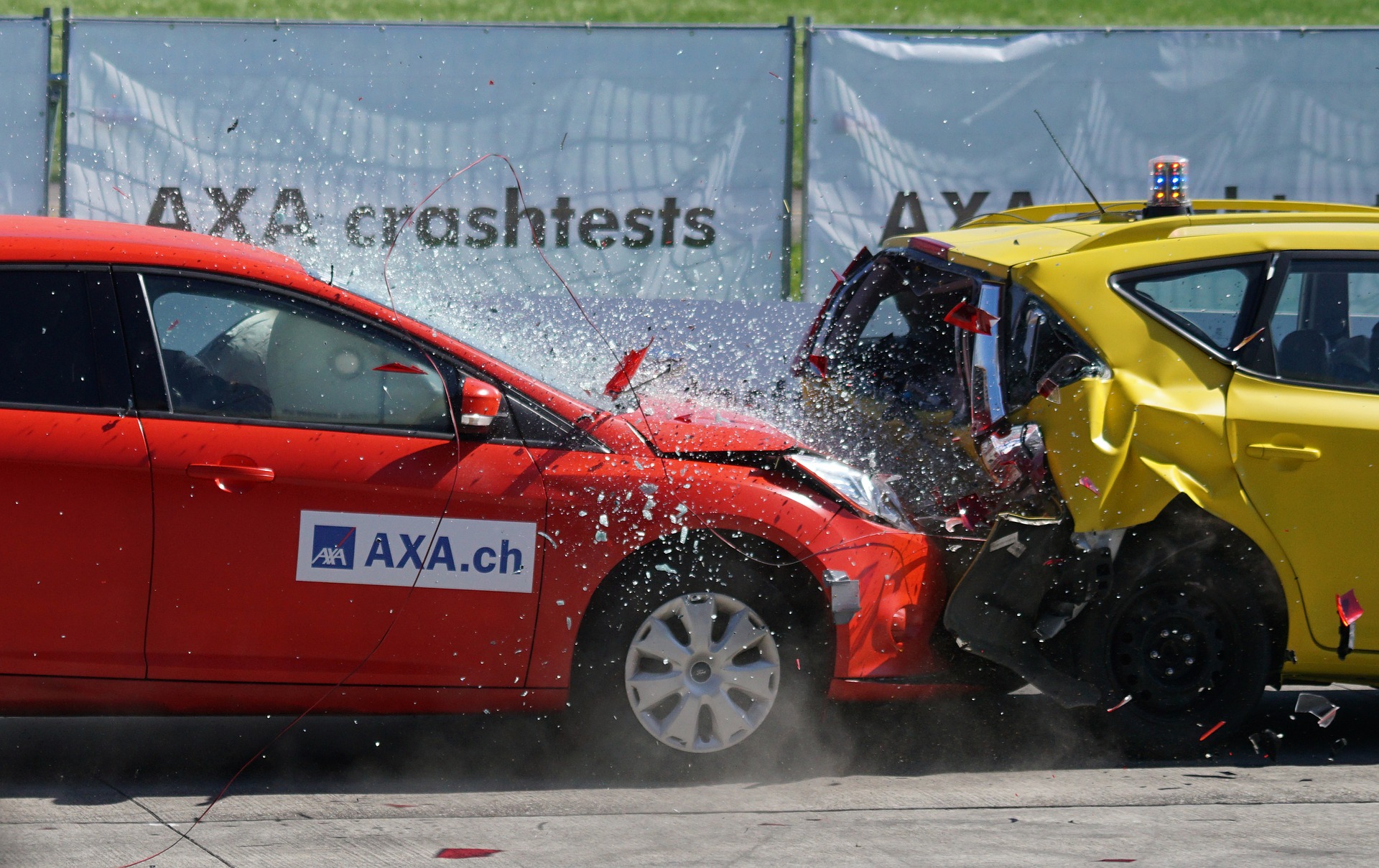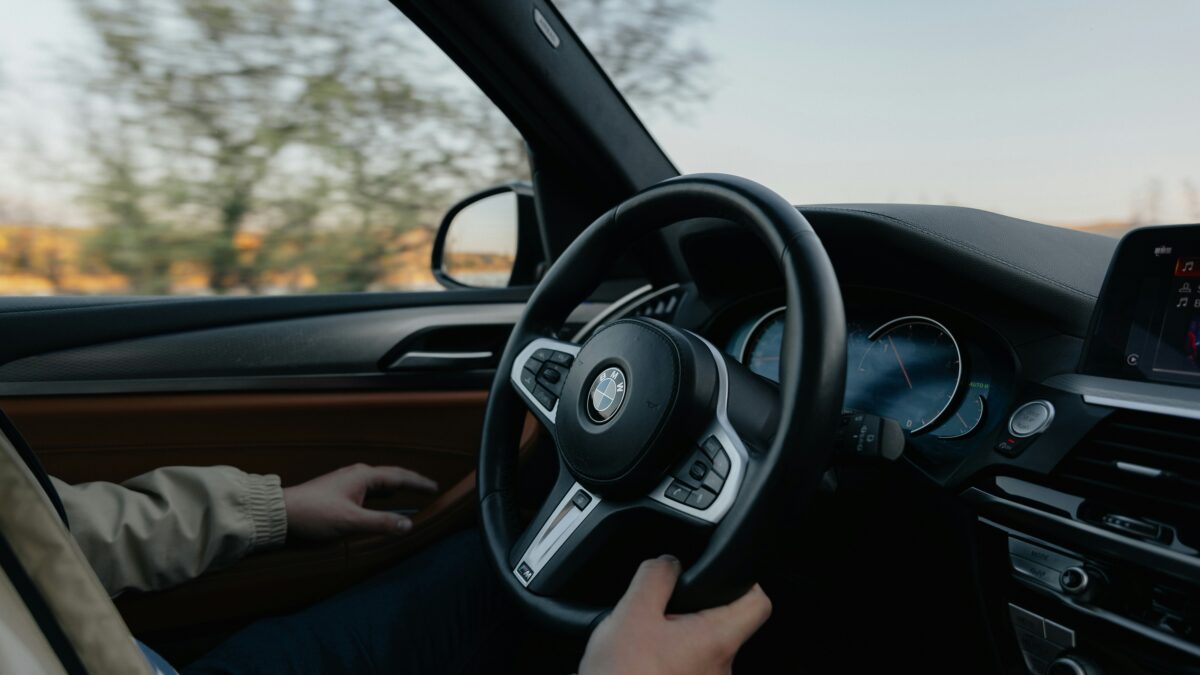What a Five-Star Safety Rating Means
When searching for a new car, it’s important to consider every detail. Does the car have good gas mileage? Will the cargo space be big enough? Should I upgrade to leather seats? The list goes on. Many opinions will differ, but there is one feature that outweighs them all. A five-star safety rating should be at the top of every buyer’s list when shopping for a new car.
History of the five-star safety rating
The five-star safety rating system began in 1993. It has since changed the way we measure car safety. By using a scale of 1 (poor safety) to 5 (excellent safety), the National Highway Traffic Safety Administration (NHTSA) and Insurance Institute for Highway Safety (IIHS) successfully test and rank the safety of all vehicles on the market.
In recent years, improved engineering and new car technology have made a five-star safety rating more common. While a five-star safety rating may sound great, some might wonder what really warrants this superior rating and what tests are done to determine if a vehicle is five-star worthy.
Check out the components that make up a five-star safety rating, including the IIHS’ top pick for overall safety in 2021.
Frontal crash test
The frontal crash test assesses a vehicles’ direct response to a front-end crash. In addition, it evaluates the injuries inflicted on the driver and passengers in the car. Both the IIHS and NHTSA measure frontal crashworthiness using different approaches.
The IIHS performs overlap tests to determine five-star safety. The overlap tests assess three crash points on the front end of a vehicle. This includes a moderate overlap test, driver-side small overlap test, and passenger-side small overlap test.
Comparatively, the NHTSA front-crash test determines crashworthiness by accelerating a test vehicle into a solid barrier at 35 mph. The NHTSA determines what types of injuries are sustained from the crash by using male and female-sized dummies with internal sensors.. This includes head, neck, chest, and leg injuries.
Side crash safety ratings
The side crash safety rating is an important factor in determining a vehicles’ overall safety. Due to substantial challenges faced by automakers, the side of a vehicle lacks the protection that the front-end and rear-end offers. Therefore, the side becomes the most vulnerable point. Side crashes cause more potential for passenger injury or fatality when an accident occurs.
Side airbags have significantly helped to improve passenger safety during a side crash, but there is still some work to be done.
To see an example of how the IIHS side crash safety test is performed, check out the short clip below:
Rollover resistance for five-star safety ratings
The rollover resistance test determines how likely a vehicle is to flip over should an accident occur. This test is primarily measured by the Static Stability Factor (SSF). The SSF tests how top-heavy. The rollover safety rating is scored from 1 to 5 meter, with a low score indicating that the vehicle is likely to tip over should an accident occur.
Ratings differ annually
Buyers oftentimes make the mistake of assuming a safety rating is set in stone. It’s important to note a vehicle’s safety rating changes annually. If a particular model receives a five-star safety rating in 2020, that does not guarantee the rating will remain the same each year after. The ratings can easily change depending on how well the car performs overall in a NHTSA and IIHS crash tests.
Keep five-star safety in mind
Visit the NHTSA’s website to compare vehicle safety ratings today. Plus, find out which automaker upholds five-star safety ratings. Since many new vehicles now receive five-star safety ratings, it’s important to weigh the pros and cons of each option. Take a look at consumer reviews and make the most out of your next car buying decision — a little research can go a long way on the trek to finding your next vehicle.
Click here to view the 2021 IIHS top choice for best overall safety and headlight quality.
















Some useful information, here.
Good to know, I like the slow-mo video of the side impact.
Great Info.